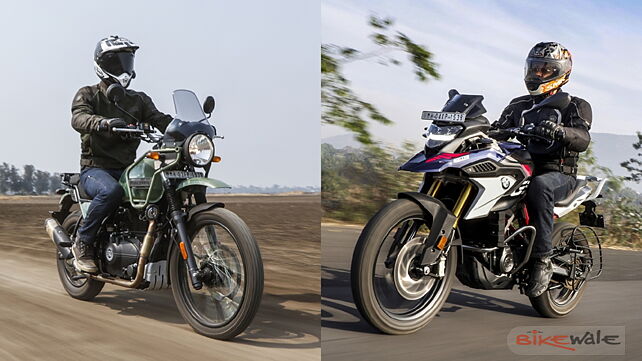
Buyers in the “affordable” adventure tourer segment are spoilt for choice. The range starts from the humble Hero XPulse 200 and goes all the way to the tech-laden KTM 390 Adventure. However, here we discuss two products that sit in the mid-price range, the Royal Enfield Himalayan and the BMW G 310 GS.
Design
The two motorcycles take a completely different approach when it comes to styling. The Royal Enfield Himalayan packs a subtle design with minimalistic body panels. The functional design comprises a metal fuel tank with protectors on either side, a tall windscreen, split-style seats, and wire-spoke wheels. There’s very little to break in case of a fall, and all of these features suit the off-road biased persona of the Himalayan.

The BMW G 310 GS, on the other hand, gets a modern look that is emphasised by premium hardware such as full-LED lighting and a digital instrument cluster. However, unlike the Himalayan, the G 310 GS uses fibre panels, a relatively shorter windscreen, and an alloy wheel setup instead of wire-spoke units. The BMW G 310 GS isn’t designed to be a rugged off-roader like the Himalayan. Thus, while it can do a fair amount of off-roading, the BMW adventure tourer aims to strike a balance between on- and off-road riding. The G 310 GS comes with a 19-inch front wheel instead of the 21-inch unit that is seen on the Himalayan.
Both motorcycles feature dual purpose tyres although the 21-inch unit on the Himalayan gives more confidence while off-roading while the 19-inch wheel on the G 310 GS delivers better on-road character.

Features
The BMW G 310 GS packs premium hardware such as full-LED lighting and a digital instrument cluster – features that are getting more common on new two-wheelers. However, it misses on Bluetooth-connectivity function, which doesn’t work in its favour.
The Himalayan, on the other hand, despite carrying a relatively lower-spec feature list that includes a semi-digital instrument cluster, benefits from Royal Enfield’s Tripper Navigation function. The new Tripper Navigator connects to a smartphone via Bluetooth and displays turn-by-turn navigation while your phone is safely tucked away in your pocket. Thus, despite the relatively lower-spec feature list, the Himalayan has an edge over the G 310 GS.

Performance
Similar to their designs, the engines on the two motorcycles are very different. While the Himalayan uses an air/oil-cooled engine with a SOHC setup that makes 24.3bhp at 6,500rpm, the G 310 GS benefits from a liquid-cooled, DOHC motor that produces 33.5bhp at 9,250rpm, making it about 10bhp more than its rival. The G 310 GS also tips the weighing scale at 175kg, which is 24kg lighter than the 199kg Himalayan, thus giving the former a better power-to-weight ratio. While both motorcycles can easily cruise at highway speeds, the G 310 GS can munch miles faster than the Himalayan.
However, the Himalayan makes up for the lack of highway performance with its off-road abilities. A single overhead camshaft delivers better torque towards the low-end while a dual overhead camshaft setup offers better top-end performance. This particular character is crucial for off-road motorcycles as better low-end grunt comes in handy while riding in the dirt.

Hardware
The BMW, as mentioned before, is better equipped than the Himalayan. The G 310 GS comes with upside-down front forks and a rear mono-shock while the Himalayan uses conventional telescopic forks and a rear mono-shock. Moreover, the levers on the G 310 GS are adjustable while the Himalayan misses out on that feature. The braking setup, too, is better on the G 310 GS. While both motorcycles feature a 300mm front and a 240mm rear disc, the BMW comes with a four-piston calliper while the Royal Enfield uses a two-piston calliper.
The off-road biased wire-spoke wheels on the Himalayan are rugged, but they come with the compromise of tube-type tyres that are harder to fix in case of a puncture. The BMW, on the other hand, uses alloy wheels that are wrapped in tubeless tyres, thus giving additional points to the G 310 GS.

Which one should you buy?
The BMW G 310 GS comes with much better hardware and performance than the Royal Enfield Himalayan, which makes it an ideal choice for anyone who is looking for a highway mile-muncher. However, the entry-level GS model retails at a premium price tag of Rs 2.90 lakh. While that price of the BS6 model is about Rs 60,000 cheaper than the BS4-compliant G 310 GS, it is about one lakh rupees more than the Himalayan, which is a massive gap.
The Himalayan, on the other hand, is a functional package that would not blow a hole in your bank account, and is a better off-roader than the G 310 GS. Moreover, if you select the Himalayan over the G 310 GS, you would be left with a sufficient amount of money to accessories the Himalayan with hard panniers, and purchase yourself a full set of riding gear.

So, the choice boils down to the buyer’s preference. Buyers looking for a highway-tourer that can do a fair amount of soft-roading should opt for the BMW G 310 GS. People looking for a perfect companion to explore the wilderness, on the other hand, will have a ball on the Himalayan.

![Royal Enfield Himalayan [2015-2023] Image Royal Enfield Himalayan [2015-2023] Image](https://imgd.aeplcdn.com/272x153/n/cw/ec/49739/himalayan-right-front-three-quarter-2.png?isig=0&q=80)
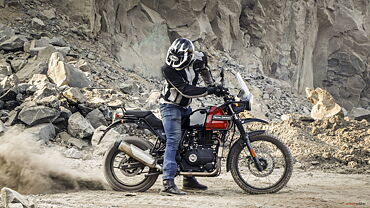
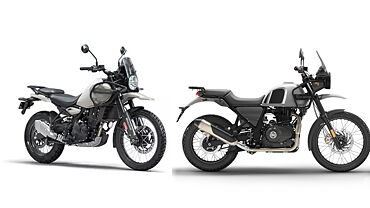


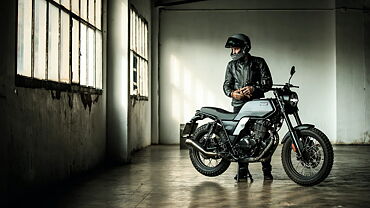

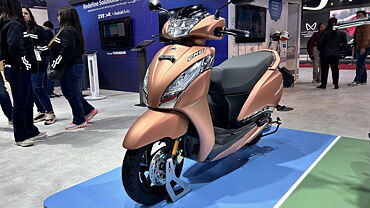
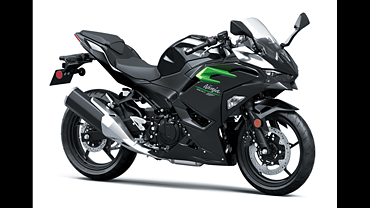
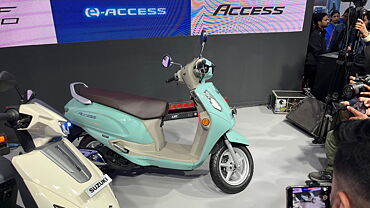
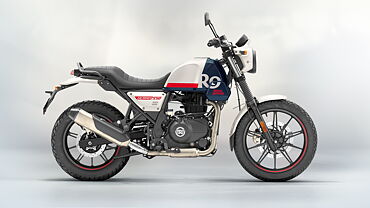


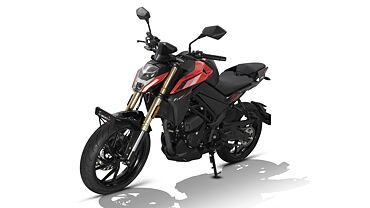
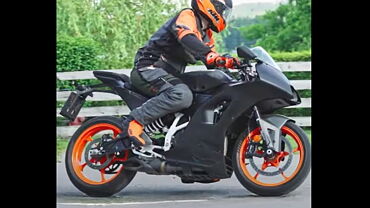
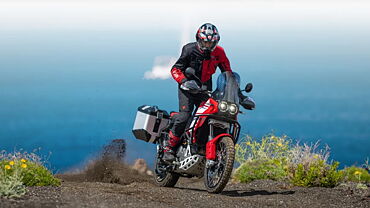
![Royal Enfield Himalayan [2015-2023] Right Side Royal Enfield Himalayan [2015-2023] Right Side](https://imgd.aeplcdn.com/199x112/n/cw/ec/49739/royalenfield-himalayan-right-side12.jpeg?q=80)
![Royal Enfield Himalayan [2015-2023] Right Side Royal Enfield Himalayan [2015-2023] Right Side](https://imgd.aeplcdn.com/199x112/n/cw/ec/49739/royalenfield-himalayan-right-side13.jpeg?q=80)
![Royal Enfield Himalayan [2015-2023] Right Side Royal Enfield Himalayan [2015-2023] Right Side](https://imgd.aeplcdn.com/199x112/n/cw/ec/49739/royalenfield-himalayan-right-side14.jpeg?q=80)
![Royal Enfield Himalayan [2015-2023] Front Three-Quarter Royal Enfield Himalayan [2015-2023] Front Three-Quarter](https://imgd.aeplcdn.com/199x112/n/cw/ec/49739/royalenfield-himalayan-front-three-quarter0.jpeg?q=80)
![Royal Enfield Himalayan [2015-2023] Side Royal Enfield Himalayan [2015-2023] Side](https://imgd.aeplcdn.com/468x263/n/cw/ec/49739/royalenfield-himalayan-side16.jpeg?q=80)






![KTM 390 Adventure X [2025] KTM 390 Adventure X [2025]](https://imgd.aeplcdn.com/272x153/n/cw/ec/190885/390-adventure-x-2025-right-side-view.jpeg?isig=0&q=80)